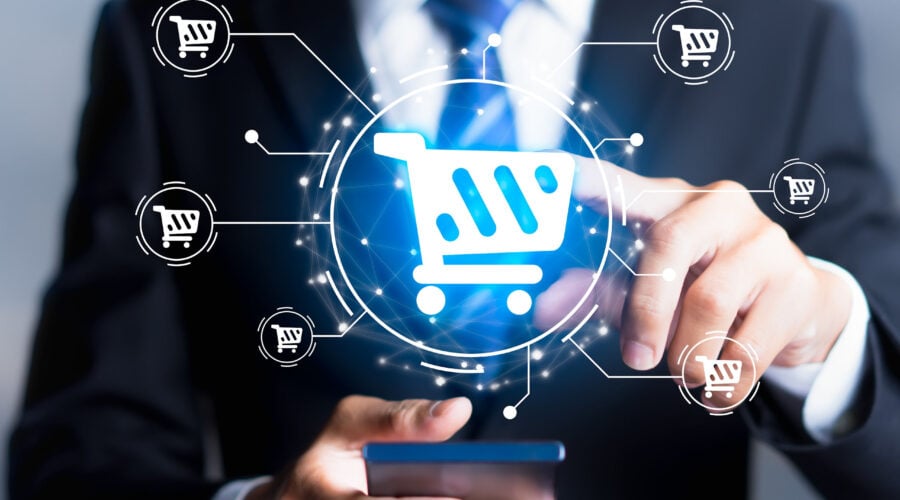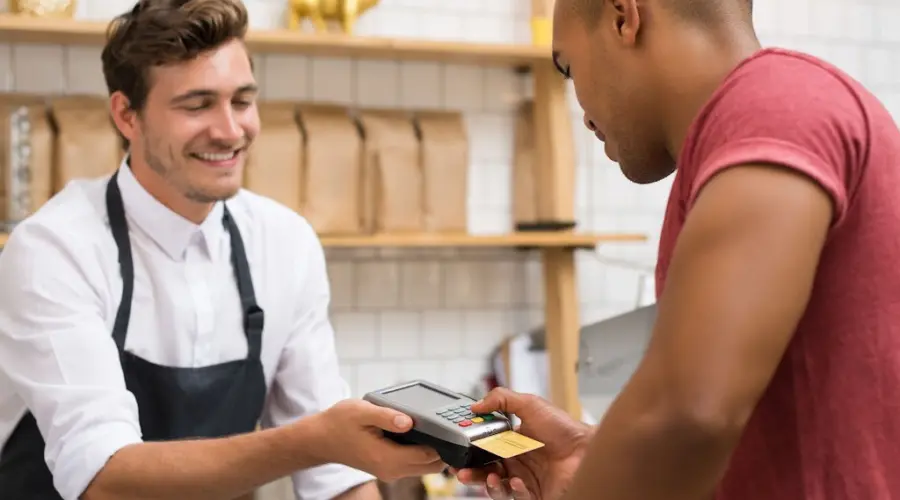More and more, consumers are watching their favorite shows on Netflix, waiting on Amazon Prime deliveries and eagerly awaiting their next Hemp Crate CBD box. From Birchbox to Blue Apron, Spotify to Dollar Shave Club, it is remarkable how much people’s daily lives have come to be dominated by subscriptions.
With customers’ habits increasingly trending toward subscriptions, businesses have responded by leaning into that model. The subscription market exploded from $56 million in revenue in 2008 to $2.6 billion in 2016, and between 2012 and 2019 subscription companies grew five times greater revenues than S&P 500 companies and retail sales.
Now, with people stuck at home but still needing the products and services they love, subscriptions are set to become even more essential. Even without the coronavirus pandemic, however, it’s a terrific time for businesses to capitalize on their customer relationships and transition from the pay-once, use-forever model to billing on a recurring basis.
What is a subscription-based model?
A subscription is a recurring billing model where payments are collected automatically on a schedule, typically monthly or annually, until a customer elects to discontinue the service. Because subscriptions cultivate a sustained relationship beyond a one-time sale, they can build stronger brand loyalty and boost customer lifetime value. This allows businesses to offer higher-quality, more-affordable products that get better over time, while providing recurring revenue and opportunities for expansionary revenue.
What are the advantages to subscription-based pricing?
1. Predictable income through recurring sales
Working on a one-time payment model demands businesses to be constantly chasing customers and perpetually peddling products. It can be costly, complicated and cumbersome, operating optimistically in the dark without really knowing the if, when, where and how much of revenue.
Contrastingly, subscription payments offer certainty, with customers making predictable payments on a regular basis, the amount and date of which is settled at the time of sale. Efficient, consistent and reliable, subscriptions enable you to explore and improve other aspects of your business, knowing the bottom line is on solid ground.
2. Convenience of automation
What’s easier than automatic? The best thing about subscription-based payments is that neither your business nor your customers have to think about them. You can automate your recurring payments with a subscription billing system that generates invoices for each transaction, allowing you to focus on inventory management, customer service and other brand-building areas. They can stay on budget with a flat regular fee and not have to worry about running out of or requesting something they need.
3. Expansionary revenue opportunities
Freed from needing to make myriad individual sales, subscription payments facilitate more revenue expansion opportunities for your business through upselling and cross-selling. Because you’re constantly in a sales relationship with your clients and have developed a strong sense of trust, it’s easier to market add-ons and complementary services, which customers likely will view as more affordable since they’ve already budgeted in their regular subscription fee.
4. Lower CAC, higher CLV
Subscription business has changed the game on customer retention and relationship management. Using an automatic payment system means lower customer acquisition costs — the total marketing and sales expenditure involved in gaining a customer — and less CAC recovery time.
One-time payments provide a set rate of return on this key measure, but the subscription model has no standard return. This is because, while CAC remains similar, the customer lifetime value will increase based on the length of time customer stay with your business.
How long people remain interested in your product can vary and largely depends on what they’re getting from you. However, reducing customer churn is crucial to growing the return on CAC and increasing CLV.
5. Attracts more customers/relationship building (lower cost of entry, proof of concept)
Subscription payments enable you to lower the barrier to entry for your service. You can cast a wider net to attract potential customers and give you more time to build relationships and improve your brand.
Paying $10 a month is preferable to most customers than shelling out $200 at once, especially if it means instant access to the product, so more people are willing and able to purchase.
One-time payments make it hard to offer a trial period or free version of your product, which risks losing a customer uninterested in the moment. But with a subscription billing system, not only can you easily offer an initial proof of concept, you likely will have customer contact details, allowing you to follow up with promotional information to try and acquire them later.
How FLEX Solutions can help
Setting up or transitioning to a subscription-based model is easy. You just need to know your business requirements, from your customer’s needs to your pricing approach, and understand what options are out there.
Offering faster and more convenient credit and debit card processing, FLEX Payment Solutions can help by providing flexible and custom payment solutions just right for your business, whether it’s online or retail, big or small, old or new – or even considered high-risk.
We possess a unique regulatory background, an innovative business model and special banking relationships. This allows us to deliver superb customer service, a great onboarding experience and compliance-oriented payment solutions for any legal operation, including hemp-derived CBD and Native American tribe-owned businesses.
With the rise in consumer interest in convenient subscription services and the opportunity to produce customer-focused recurring revenue through automatic payments, it’s never been a better time for your business to transition to a subscription-based model.




